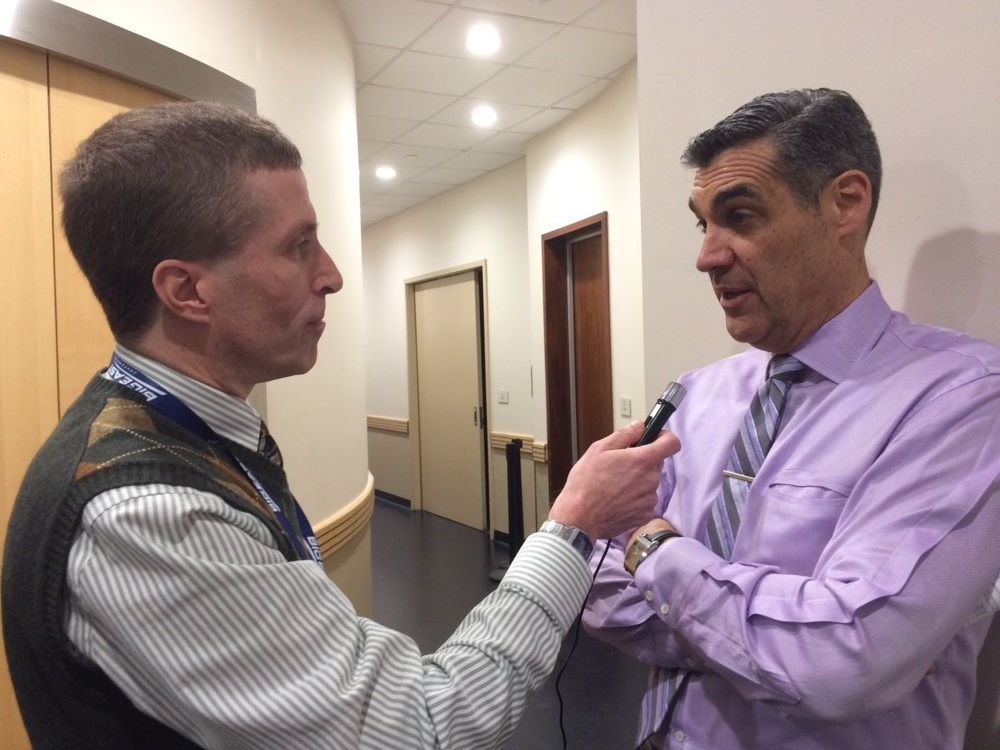Quiz recap
The quiz results are in and everyone should now have their scores and semester-long research grades. Congratulations to Max Parrott for the highest quiz score, as he was perfect through the first nine questions before getting tripped up. Kudos also to Molly Enking, who had the highest overall grade for the semester combining her quiz score with her participation in the “real world research” exercises. As a class, the grade variation was pretty typical. There were people whose grades were both helped and hurt by their performance in the exercises. In fact, some who scored lower on the quiz than others ended up with a better grade for the semester because of their participation.
As for some of the individual quiz questions, you collectively did best on the one about sex offenders. Tim Harper was right when he said, “always give ’em the sexy.”
On the other end of the sexy spectrum, the performance was not great on the Factiva search strategy question, as few got full credit. Given past experience, I kind of expect this going in. I don’t know if it’s because I don’t teach it well enough or because everyone these days is just Google addicted when it comes to searching. Either way, I will say that if you’re fortunate enough to work in a place where you have access to Factiva (or Nexis), it’s well worth it to bone up on your search strategy skills.
For the questions on National Teacher Appreciation Week statistics and polls on guns and gun laws, I awarded a lot of credit for answers other than the ones I really sought. I was looking for you to cite the Census Bureau’s Stats for Stories page for the former and Polling Report for the latter. Some got those, while others gave me answers I deemed “good enough,” even though I didn’t think they were the best ones.
There were a lot of folks who got partial credit on the question about what you should consider before filing a Freedom of Information request and the bonus question about how you can use social media in reporting. Both of them were kind of a test of how closely you were listening to me in class. I made it clear that you should check the web site and call a press contact before bothering with a FOIA or FOIL, and although Rima said a lot of things in her social media lesson, I summed it up at the end by saying you can use the tools she demonstrated to either find stories or enhance breaking news stories (which generally includes finding eyewitness sources).
Last, and in this case least, no one got full credit on the Jonathan Dienst bonus question. Only one person even got partial credit, as Gurami Jamaspishvili remembered that he recommended “Writing News for Broadcast,” which he took about 30 seconds to look up on his phone that day. He also recommended the AP Stylebook.
That’s all, folks. Thanks for a fine semester and I hope you enjoyed the field trip and guest speakers in particular. Good luck in the future!



